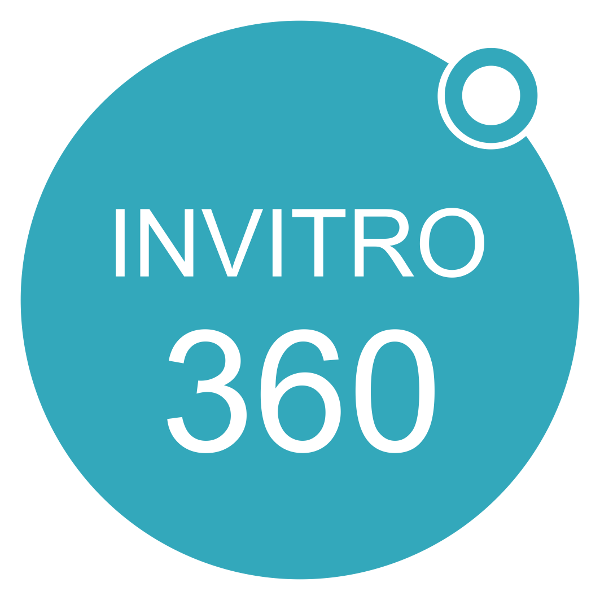Our course will contain some basic and technological lectures as well as the demonstration of apparat.
A few concise paragraphs on the technology:
The technology of in vitro culture of human oocytes and embryos with micro-vibration today is not a routine but it is not a new methodology and results are already published [1-5]. It is shown that mechanical stimulation of ciliated epithelial cells in culture induces a wave of increasing Ca 2+ that spreads from the stimulated cells to neighboring ones. In the absence of extracellular Ca 2+ these mechanically stimulated cells showed no change or a decrease in Ca 2+ , whereas Ca 2+ increase in neighboring cells. The in-vitro culture of human embryos in a medium subjected to regular short intervals of mechanical agitation leads to increased development rates. This type of treatment tries to mimic conditions in nature whereby oviductal fluid is mechanically agitated by the epithelial cilia. This phenomenon can be explained by the fact that an embryo developing in vivo is naturally exposed to constant vibrations of around 6 Hz with the periodically repeating increase to 20 Hz. Comparative investigations were performed from August 2010 to April 2015. Written informed consent was obtained from all the participating couples (about 4800 patients) for the culture of pronuclear oocytes and embryos. Patients were distributed on four age-groups: <29 years, 30-34 years, 35-39 years and >40 years. The following "take-baby-home" rate was detected for Groups <29 years, 30-34 years, 35-39 years and >40 years, respectively (static vs. vibration): 30% vs. 31% (increasing on the level of tendency), 28% vs. 37%, 23% vs. 29%, 9% vs.15% (statistically significant increasing).
